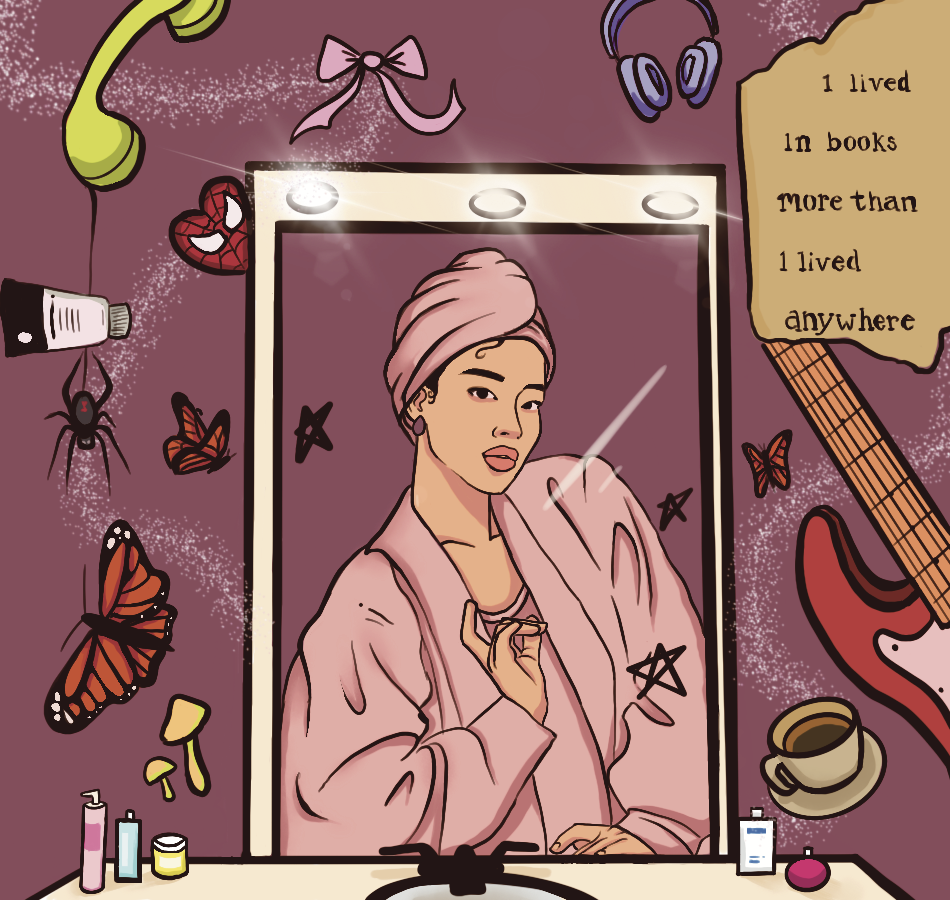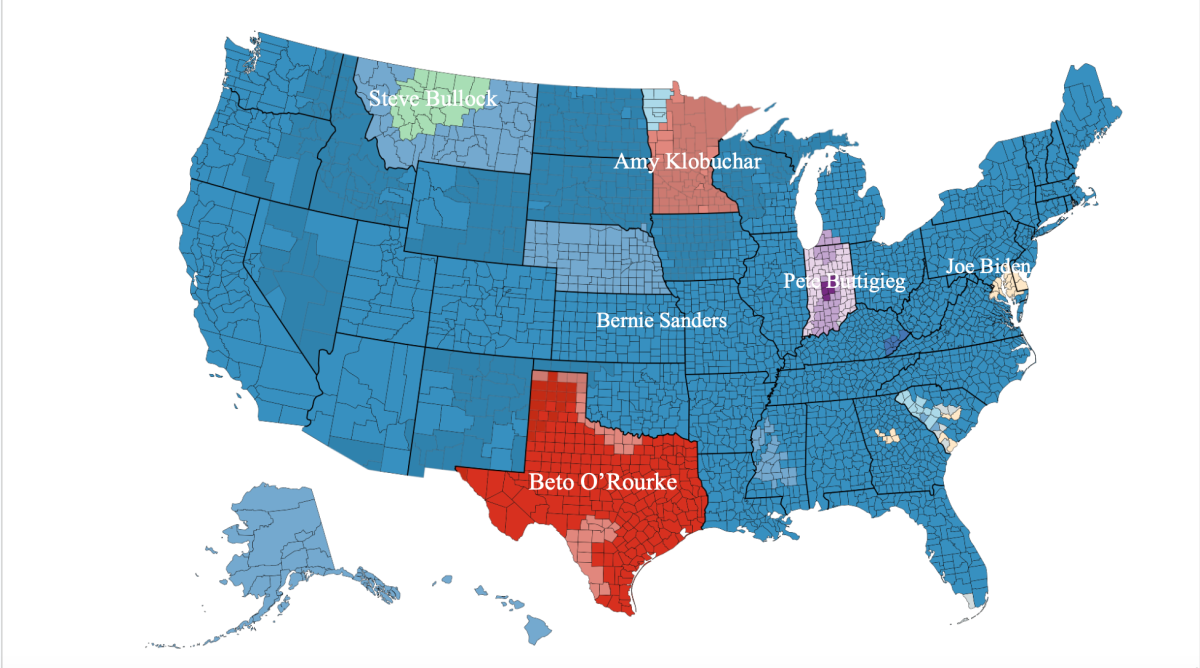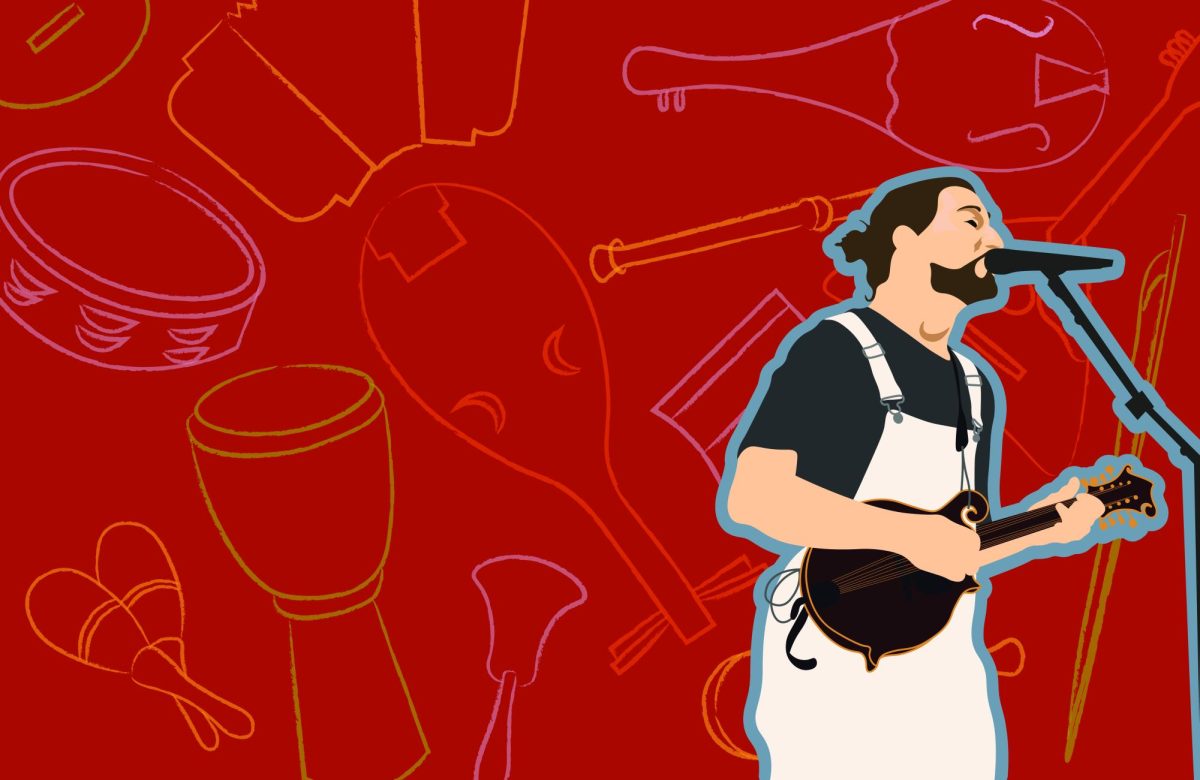Most young women are familiar with the “clean girl” aesthetic: slicked-back hair, minimal makeup, dewy skin and simple clothing. It’s just one among various aesthetics, including grunge, cottage-core or even mob wife.
In actuality, most women do not fully embody their aesthetic. Those who love the “clean girl” aesthetic do not have perpetually dewy skin or lead minimalist lives. It’s an image disconnected from reality.
Categorizing women is not new; unsurprisingly, it’s deeply rooted in misogyny. In many forms of media, each female character has one defining characteristic that rarely overlaps with other women in the same story.
Consider your favorite movies and books from childhood. What were the female characters’ defining traits?
For instance: Belle from “Beauty and the Beast,” who is often recognized for her intelligence and independence. Even so, she fits the mold most princesses — and female characters in general — have been forced into: prim, proper and ultimately, defined by her relationship with a man.
Many beloved childhood shows often shove girls into narrow boxes and stereotypes. In “Scooby-Doo,” Daphne is beautiful and frequently needs saving, and Velma is intelligent and nerdy. Their male counterparts, Shaggy and Fred, have some defining characteristics, but they are not limited to them.
Similarly, in “The Powerpuff Girls,” Blossom is a strong leader, Bubbles is cute and sweet and Buttercup is tomboyish and cynical. In “Victorious,” Tori is the girl next door, Cat is ditsy and Jade is tough and mean.
These female archetypes — the “good girl,” the “rebel,” the “femme fatale” — serve as templates and reflections of societal expectations of women.
This problem, however, extends beyond fiction. In the real world, women are constantly pressured to conform to beauty standards and outdated notions of femininity. The clean girl aesthetic is simply a continuation of this phenomenon.
Additionally, the categorization of women places a unique emphasis on re-branding, in particular for female celebrities. A prominent example of this would be Taylor Swift, who has undergone significant changes for each of her ten albums. In order to retain popularity, she has continuously evolved her image and sound, which she has used to her advantage for her most recent tour, The Eras Tour.
Comparably, when Olivia Rodrigo released the cover of her second album, “Guts,” she received criticism for its perceived similarity to her previous album. In actuality, the only commonality was their purple color scheme.
In essence, women are expected to have one characteristic which makes them unique from their female friends and counterparts. You could be intelligent like Belle or Hermione Granger, or you could be beautiful like Sleeping Beauty or Regina George — but you cannot be both. You need to stand out and remain interesting, or you lose all value.
These pervasive stereotypes not only shape our perception of female characters, but also influence our ideas of femininity and womanhood, particularly as young girls. When I was young, I heavily identified with Hermione and Belle, and as a result, I overlooked my similarities to other women and characters I loved and idolized. I inadvertently reduced myself to one defining characteristic because I thought that was what was expected of me.
So, while the appeal of aesthetics like clean girl and cottage-core may seem innocuous, when taken too seriously, they can reinforce harmful stereotypes about femininity and the widespread categorization of women. By recognizing the influence of these stereotypes, women can reclaim their identities and define themselves on their own terms.
Grace Claxon is an opinion writer. Contact her at [email protected].




